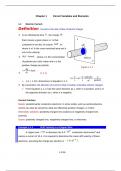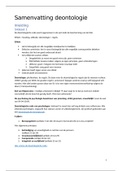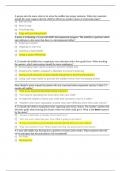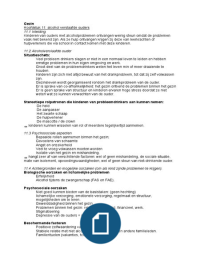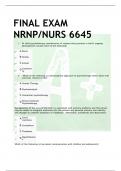Class notes
Electric Circuits Notes
- Institution
- American University
Transform your understanding of Electric Circuits with this indispensable set of notes, crafted specifically for electrical and computer engineering students. Dive into key concepts like circuit analysis, Ohm’s Law, Kirchhoff’s Laws, Thevenin’s and Norton’s theorems, and AC/DC circuit dynam...
[Show more]
